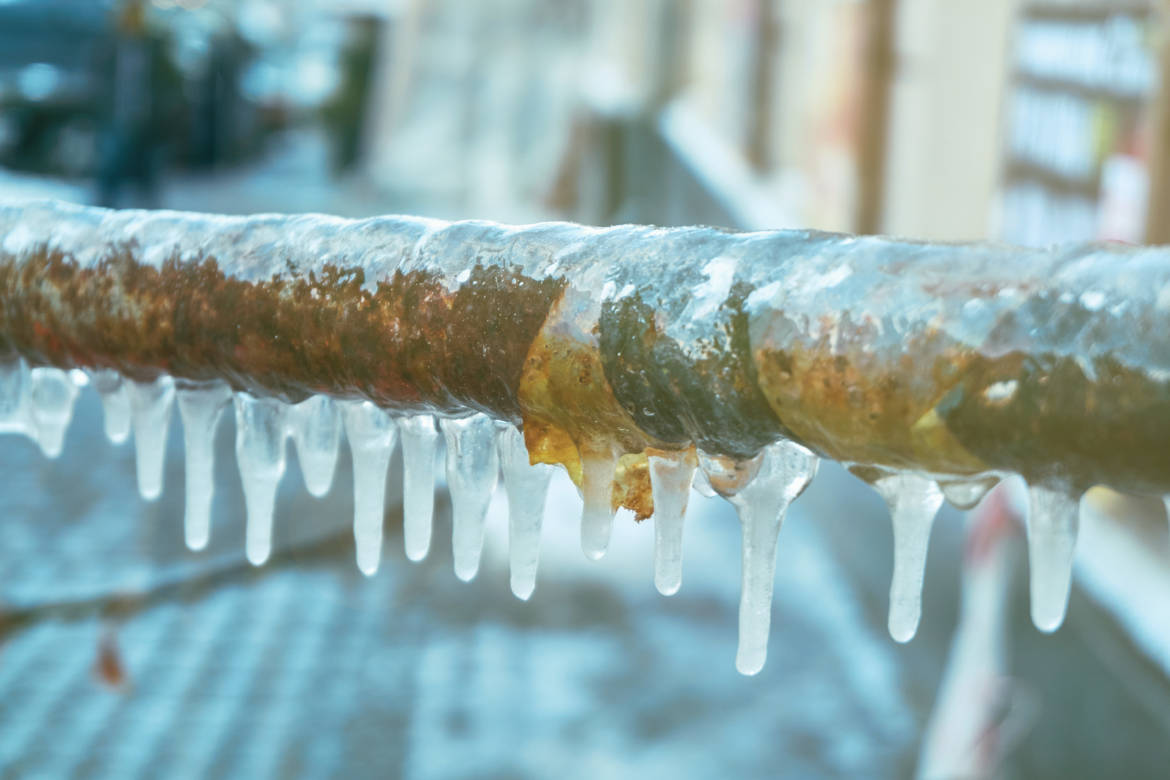Safeguarding Your Pipes from Cold Weather Issues: Essential Approaches
Safeguarding Your Pipes from Cold Weather Issues: Essential Approaches
Blog Article
This post listed below relating to 6 Ways to Prevent Frozen Pipes is indeed motivating. You should read it.

Cold weather can damage your pipes, especially by freezing pipelines. Here's just how to stop it from occurring and what to do if it does.
Introduction
As temperatures decrease, the risk of icy pipes rises, potentially causing pricey repair work and water damage. Understanding exactly how to stop icy pipes is critical for house owners in chilly environments.
Understanding Frozen Pipelines
What triggers pipelines to freeze?
Pipelines freeze when exposed to temperature levels listed below 32 ° F (0 ° C) for extended durations. As water inside the pipelines freezes, it expands, taxing the pipe walls and possibly creating them to burst.
Threats and damages
Frozen pipelines can lead to supply of water disturbances, building damages, and costly repair work. Ruptured pipelines can flood homes and cause considerable structural damage.
Indications of Frozen Pipes
Identifying frozen pipes early can avoid them from rupturing.
Exactly how to determine frozen pipelines
Seek decreased water circulation from faucets, unusual smells or sounds from pipes, and noticeable frost on subjected pipes.
Prevention Tips
Shielding vulnerable pipes
Wrap pipes in insulation sleeves or make use of warm tape to secure them from freezing temperatures. Concentrate on pipelines in unheated or outside areas of the home.
Home heating techniques
Maintain interior areas effectively warmed, specifically areas with pipes. Open cabinet doors to enable warm air to distribute around pipelines under sinks.
Safeguarding Exterior Pipes
Garden hose pipes and outdoor taps
Detach and drain yard pipes before winter months. Install frost-proof faucets or cover outdoor faucets with shielded caps.
What to Do If Your Pipes Freeze
Immediate activities to take
If you suspect icy pipelines, keep taps open to relieve pressure as the ice thaws. Make use of a hairdryer or towels soaked in warm water to thaw pipes gradually.
Long-Term Solutions
Structural modifications
Take into consideration rerouting pipelines away from exterior wall surfaces or unheated locations. Add extra insulation to attics, basements, and crawl spaces.
Upgrading insulation
Purchase high-grade insulation for pipelines, attic rooms, and walls. Correct insulation helps maintain consistent temperature levels and reduces the danger of icy pipes.
Conclusion
Avoiding icy pipes needs positive procedures and quick reactions. By understanding the causes, indicators, and safety nets, property owners can protect their plumbing throughout cold weather.
5 Ways to Prevent Frozen Pipes
Drain Outdoor Faucets and Disconnect Hoses
First, close the shut-off valve that controls the flow of water in the pipe to your outdoor faucet. Then, head outside to disconnect and drain your hose and open the outdoor faucet to allow the water to completely drain out of the line. Turn off the faucet when done. Finally, head back to the shut-off valve and drain the remaining water inside the pipe into a bucket or container. Additionally, if you have a home irrigation system, you should consider hiring an expert to clear the system of water each year.
Insulate Pipes
One of the best and most cost-effective methods for preventing frozen water pipes is to wrap your pipes with insulation. This is especially important for areas in your home that aren’t exposed to heat, such as an attic. We suggest using foam sleeves, which can typically be found at your local hardware store.
Keep Heat Running at 65
Your pipes are located inside your walls, and the temperature there is much colder than the rest of the house. To prevent your pipes from freezing, The Insurance Information Institute suggests that you keep your home heated to at least 65 degrees, even when traveling. You may want to invest in smart devices that can keep an eye on the temperature in your home while you’re away.
Leave Water Dripping
Moving water — even a small trickle — can prevent ice from forming inside your pipes. When freezing temps are imminent, start a drip of water from all faucets that serve exposed pipes. Leaving a few faucets running will also help relieve pressure inside the pipes and help prevent a rupture if the water inside freezes.
Open Cupboard Doors
Warm your kitchen and bathroom pipes by opening cupboards and vanities. You should also leave your interior doors ajar to help warm air circulate evenly throughout your home.

As a serious reader about Winter Plumbing Precautions: Preventing Frozen Pipes, I thought sharing that article post was worth the trouble. Do you know about another individual who is truly interested in How to Prevent Your Pipes From Freezing? Why not promote it. Thank you for being here. Return soon.
Click Here Report this page